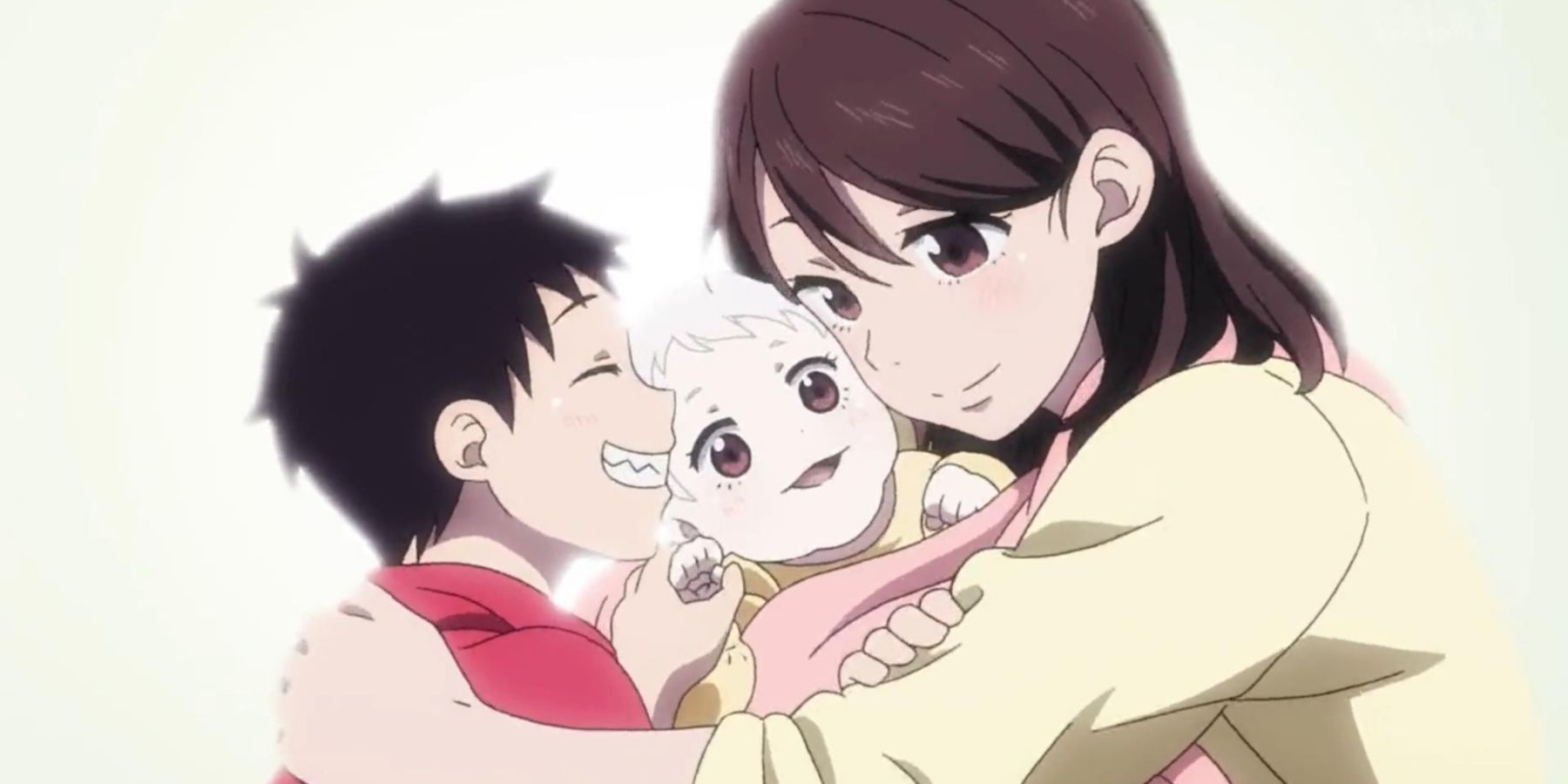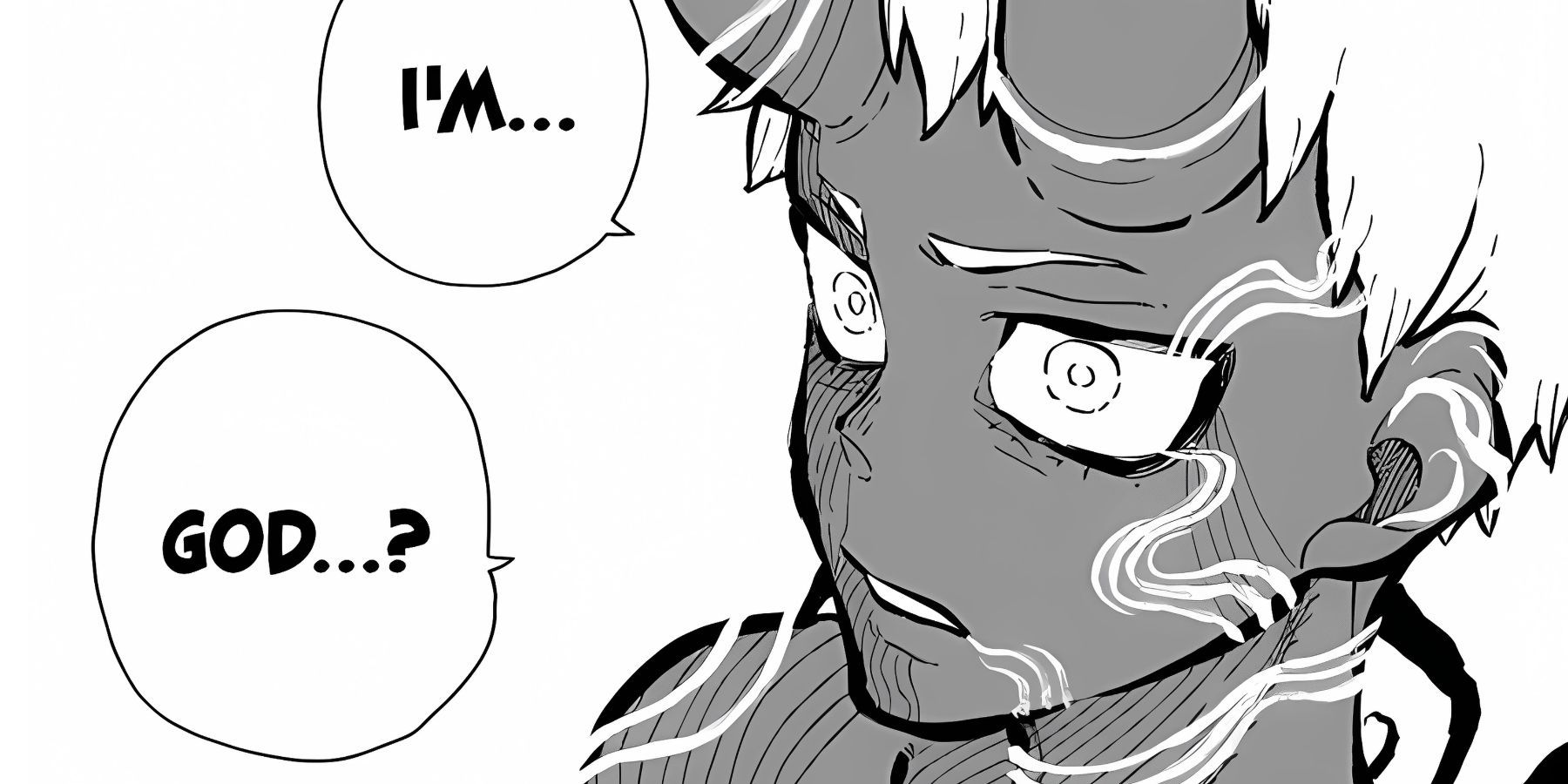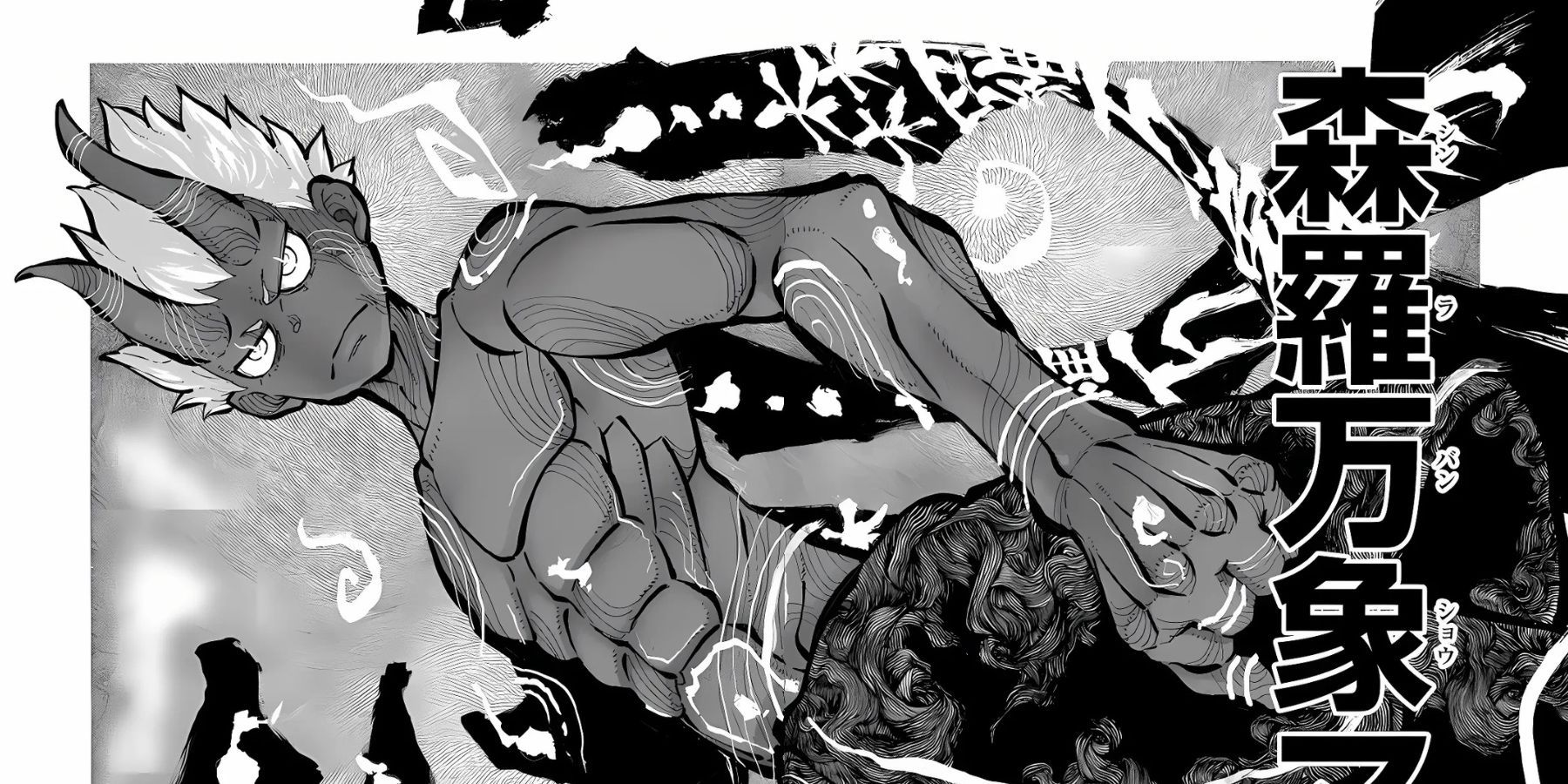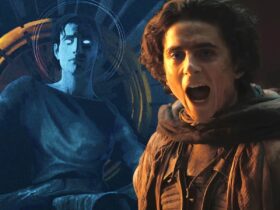Summary
- Shinra evolves from demon to savior, embracing both divinity and demonhood for cosmic balance.
- Acceptance of being viewed as a devil empowers Shinra to wield humanity’s despair as hope.
- Shinrabanshō-Man balances creation and destruction, confronting despair to rebuild a harmonious universe.
The protagonist of Fire Force, Shinra Kusakabe has always embodied a duality that implemented itself as the thematic backbone of the series– the eternal battle between light and darkness, hope and despair. He is both celebrated as a hero and condemned as a demon, a juxtaposition that evolves into the very core of his character arc.
It’s fascinating to explore how Shinra, a fan-favorite Fire Force character, reconciles these opposing forces and ultimately ascends to a role that transcends his humanity—welcoming both divinity and demonhood in a tranquil cosmic balance.

Related
Fire Force: Who Is Shinra’s Father?
Shinra’s father is a mysterious character in Fire Force. So how exactly does he fit into the series?
From Hero to Demon to Savior
Shinra’s Path to Divinity
At the start of the series Fire Force, Shinra is labeled as the “Devil” due to his unnerving grin, which manifests under stress, and the tragic fire that destroyed his family, leaving him ostracized by society. Despite this label, the kid aspires to be a hero—a figure of hope who saves others from despair. His ideology and progression is marked by moments where he confronts both external enemies and the internal battle to define his identity amidst the perceptions of others.
Shinra’s progression into divinity begins with the development of his Adolla Burst and the realization of his role as a “Pillar.” As he gains power, he is faced with the philosophical implications of humanity’s collective unconscious, which shapes the world of Fire Force through the Adolla.
This new reality, governed by human perceptions, manifests both despair (the Evangelist) and hope (Shinra’s eventual godhood). It’s a smart play on words that leaves one wondering how well the writer, Atsushi Ohkubo has planned.
Using Perception as Power
The Core of Shinra’s Demonism
The pivotal moment arrives only after Shinra accepts the world’s view of him as a demon. With him beginning to understand himself, all resistance is dropped, and the worldview is claimed, declaring:
If being a devil is what it takes to fight evil, then so be it.
This transformation feels symbolic, but it carries a deeper meaning, as it empowers him to channel humanity’s despair (again, as a devil) into hope. This acceptance of negative perceptions is something Shinra can now wield as a tool to combat the Evangelist’s nihilistic doctrine.
Here’s another fascinating tidbit: This act of acceptance then underscores the series’ exploration of perception as a source of power. In the Adolla, where thoughts and beliefs shape reality, Shinra’s ability to harmonize despair and hope allows him to transcend mortal limitations. This, in turn, serves as a catalyst for his transformation into Shinrabanshō-Man, a being representing “all things in creation,” embodying the balance of opposites.
The Divine Balance
Where Good and Evil Resonate
Shinrabanshō-Man is Shinra’s ultimate form; a culmination of his internal and external struggles. In this state, he achieves godlike abilities, including the power to rewrite reality, create life, and manipulate time, making it the strongest technique in Fire Force. However, what sets Shinrabanshō-Man apart from other depictions of omnipotence is the balance he represents. Unlike the Evangelist, who embodies despair, or Shinigami (Death in Soul Eater), who enforces order, Shinrabanshō-Man is both creator and destroyer, hope and despair.
Through this form, Shinra confronts Haumea, the Saint of Despair, and the Evangelist, using their own power against them. He transforms the Adolla’s flames of destruction into life, recreating Earth as a world where death and life coexist in harmony. This act of creation is not one of blind optimism but an acknowledgment of the cyclical nature of existence—hope cannot exist without despair, and life cannot flourish without death.
Rebuilding the Universe
Shinra’s True Legacy
In the epilogue of Fire Force, Shinra’s role as the god of the new world is solidified. Through recreating Earth, he has also established the foundations of the universe seen in Soul Eater. This connection marks a direct translation of how Shinra’s struggles in Fire Force serve as a prelude to the balance of order and madness explored in Soul Eater. Shinra’s duality is reflected in the creation of Shinigami (Death) and Kid, characters who represent order and its precarious balance with chaos.
The Eternal Dance of Light and Dark
How it All Comes Together
Shinra stands as a towering example of the interplay between light and dark, a microcosm of humanity’s eternal struggle to balance progress and consequence. On the one hand, its relentless drive for innovation illuminates the world with the promise of technological advancement, prosperity, and connection. On the other, its darker pursuits—the exploitation of natural resources, the suppression of dissent, and the cost of unchecked ambition—cast long shadows over its glowing achievements. This duality is not unique to Shinra and Fire Force arcs but reflects a timeless truth about all systems and individuals striving for greatness.
Light, with its unyielding optimism, propels growth and inspires purpose. Dark, often misunderstood, provides necessary resistance, forcing reflection and the acknowledgment of unseen costs. For Shinra, every leap forward comes tethered to its own shadow—a price paid in lives, visions, and trust.















Leave a Reply